Back to Franz Liszt
[IMSLP page 1] · [IMSLP page 2]
Total duration: 169' 30"
Liszt's Hungarian Rhapsodies exist in various versions. They are based on various Hungarian folk themes.
Around 1839–1840, Liszt wrote and published eleven Magyar Dalok (S. 242/1–11; LW A60a; R. 105a). Around 1846–1847, he wrote and published a further six Magyar Rapszódiák (S. 242/12–17; LW A60b; R. 105b). In addition to these six, there were a further four that were prepared for publication but not published (S. 242/18–21; LW A60c; R. 105c), the published Pester Carneval (S. 242/22; LW A60e=A132/9a; R. 106/9a), and the recently-identified Rêves et fantaisies (S. 242/23, formerly 695d; LW T5). These twenty-three pieces are usually treated as a single collection, the Magyar Dalok and Magyar Rapszódiák.
Liszt often played combinations of the Magyar Dalok in recitals. One such example is nos. 5, 4 and 11, which was published as the Trois mélodies hongroises (by Bernard Latte) and the Ungarische Nationalmelodien (by Haslinger) (S. 243; LW A60d; R. 105d); these make small changes to the outer pieces and leave the inner piece unchanged. The Haslinger version primarily differs from the Latte version in that it contains short cadenzas in the outer pieces; it also exists in a further, simplified version (S. 243bis; LW A60d; R. 105d).
After the Magyar Dalok and Magyar Rapszódiák, Liszt began a collection of simplified versions called Zigeuner-Epos (S. 695b). This set exists in sketch form only, but in a state that is still performable. The contents correspond to nos. 3, 6–10 and 12 of the earlier set, where the material from nos. 6 and 12 is combined to form a single piece.
In 1853, Liszt finished and published a set of fifteen Rapsodies hongroises (S. 244/1–15; LW A132/1–15; R. 106/1–15) that are based on the earlier Magyar Dalok and Magyar Rapszódiák. He later, in 1882–1885, added four further pieces to this set (S. 244/16–19; LW A132/16–19; R. 106/16–19); the first three of these are, unlike the other rhapsodies, based on original themes.
The below table gives a summary of the relationships between the Magyar Dalok and Rapszódiák, the Rapsodies hongroises, and the other works for solo piano.
| S. 242/ | S. 244/ | S. |
|---|---|---|
| 1–3 | – | – |
| 4 | 6 | 243/2 |
| 5 | 6 | 243/1 |
| 6 | 5 | 242/12 |
| 7 | 4 | – |
| 8–9 | – | – |
| 10 | 15 | 242/13, 242a, 244a–c, 692c |
| 11 | 3, 6 | 243/3 |
| 12 | 5 | 242/6 |
| 13 | 15 | 242/10, 242a, 244a–c, 692c |
| 14 | 11 | – |
| 15 | 7 | – |
| 16 | 10 | – |
| 17 | 13 | – |
| 18 | 12 | – |
| 19 | 8 | – |
| 20 | 6, 12 | – |
| 21 | 14 | – |
| 22 | 9, 14 | – |
| 23 | 1 | 171a/3 |
Duration: 2' 30"
Difficulty: 2

Duration: 1'
Difficulty: 2.5

Duration: 3'
Difficulty: 3

Duration: 0' 30"
Difficulty: 3.5

Duration: 1'
Difficulty: 3.5

One of the themes from this piece is also used in the twelfth piece of the collection.
Duration: 4' 30"
Difficulty: 4


Duration: 6'
Difficulty: 4.5



Duration: 4'
Difficulty: 3.5


Duration: 10'
Difficulty: 5


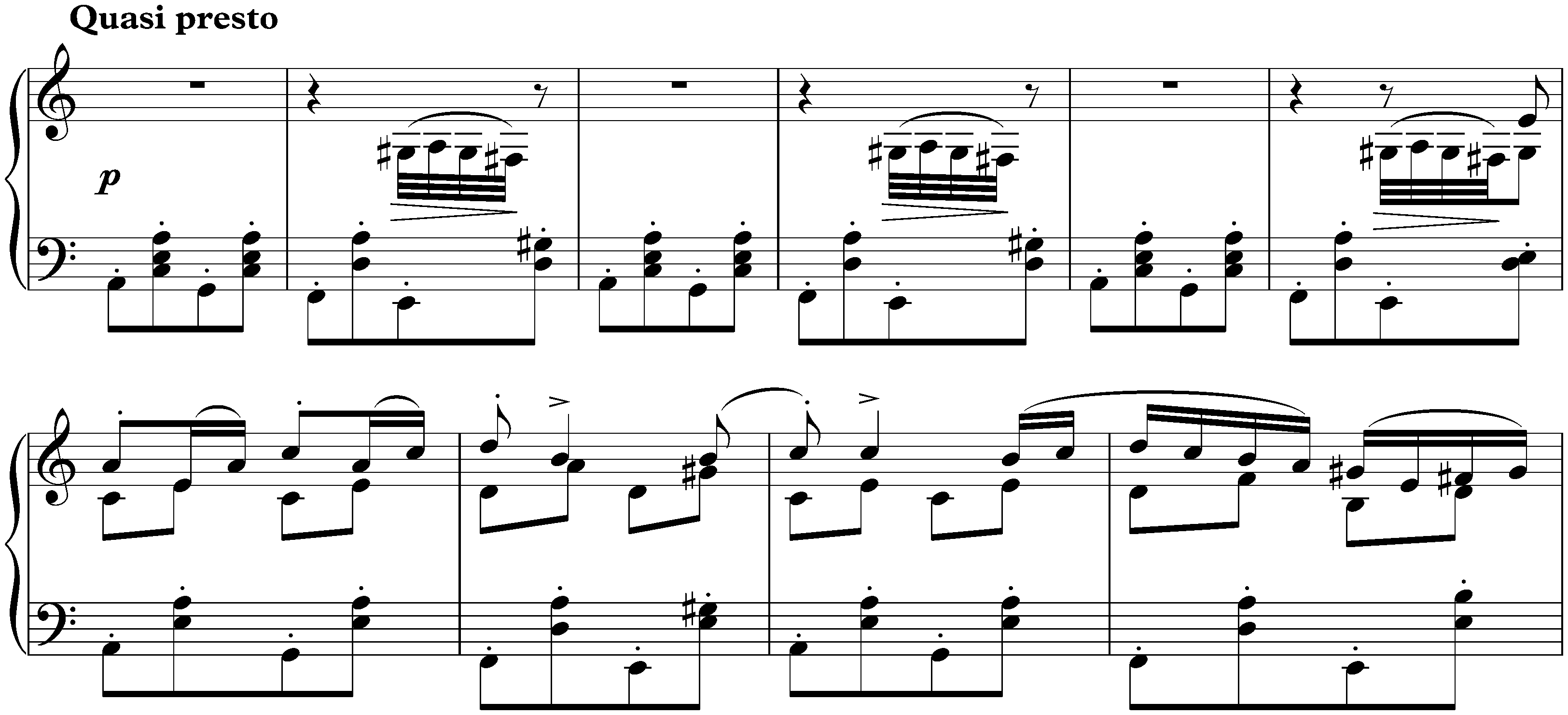

One of the themes from this piece is also used in the thirteenth piece of the collection. Liszt later re-used some of the other themes in his Fantasie über ungarische Volksmelodien (S. 123; LW H12; R. 458) for piano and orchestra.
Duration: 5' 30"
Difficulty: 5

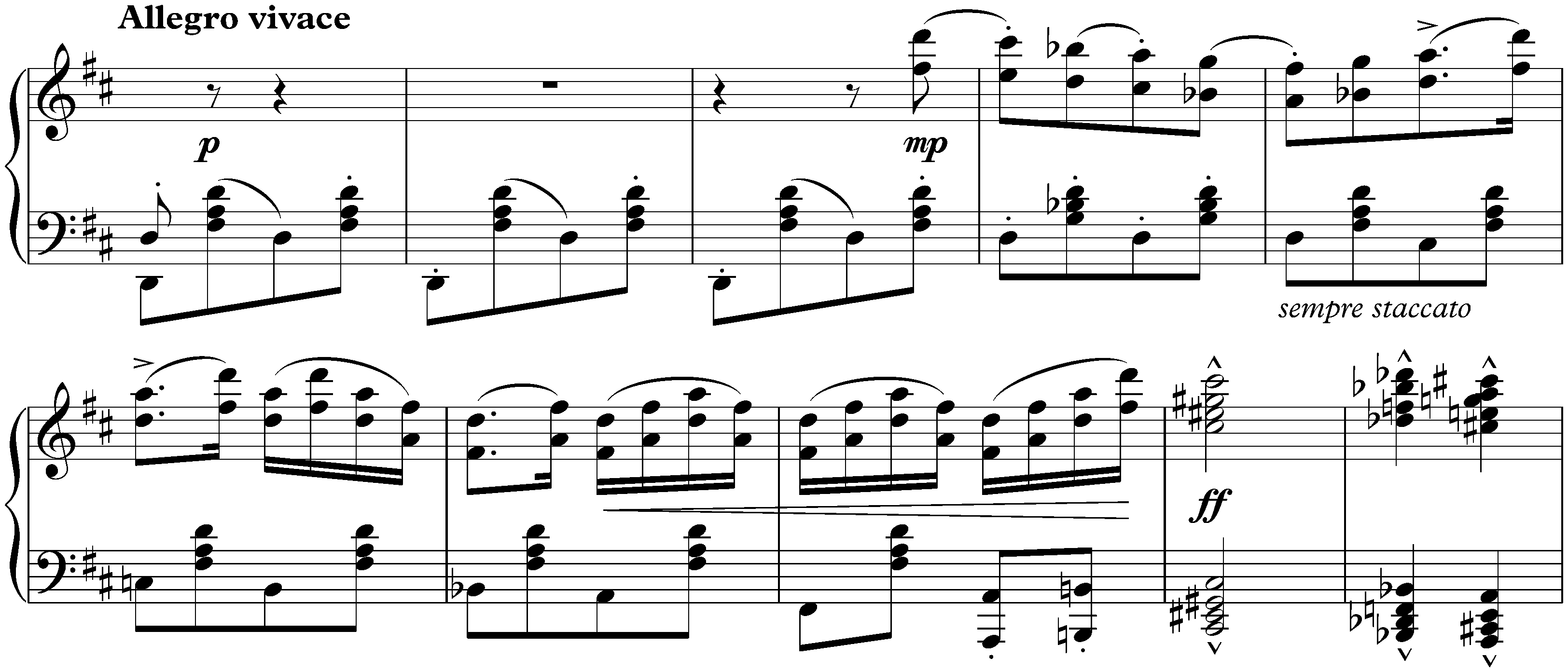
Duration: 4'
Difficulty: 4



One of the themes from this piece is also used in the sixth piece of the collection.
Duration: 10'
Difficulty: 4.5


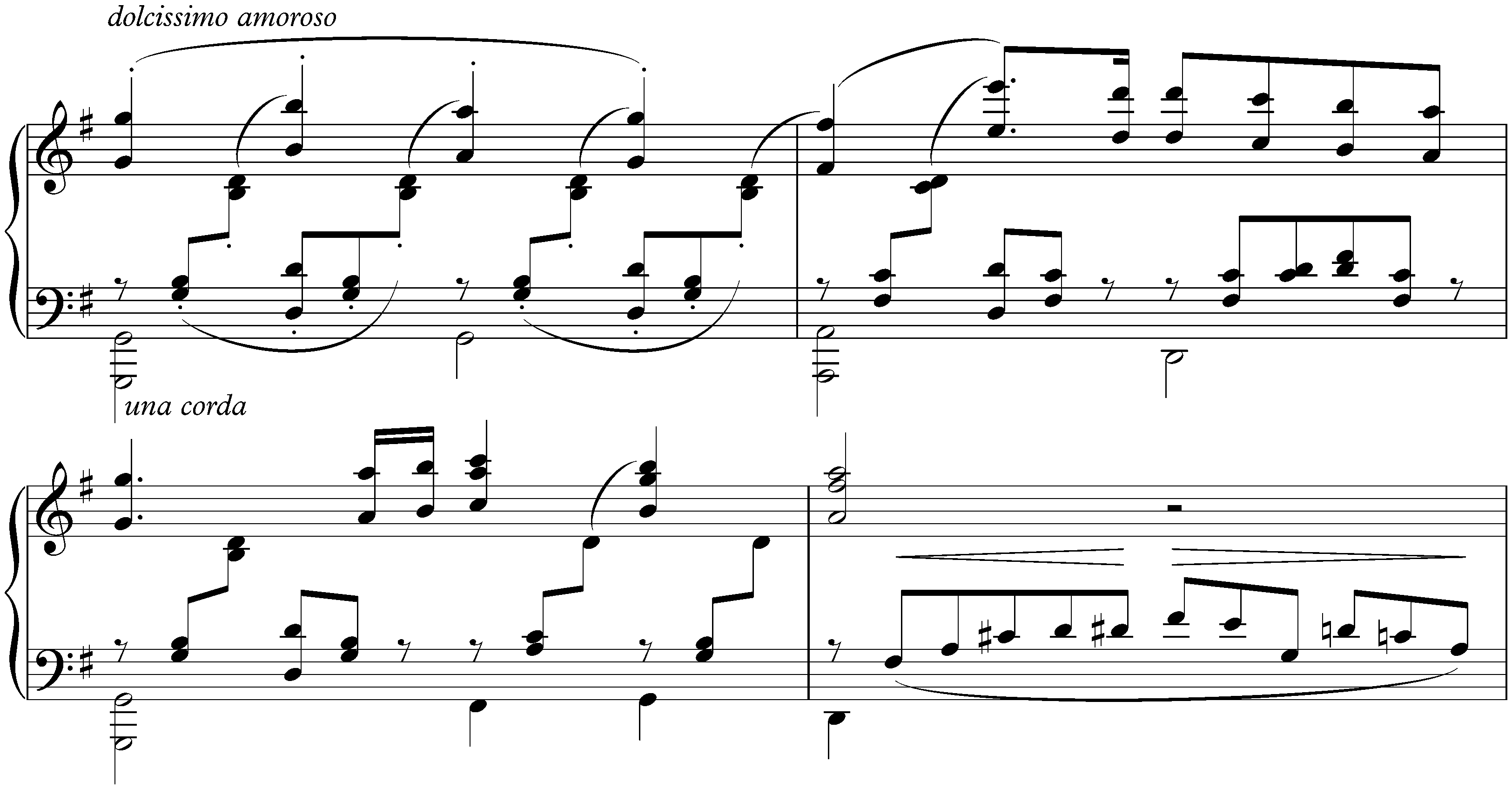
Liszt made multiple arrangements of the Rákóczi-Marsch. The first version (S. 242a; LW A59) was intended for the Magyar Dalok, but was not published for political reasons. It also exists in an incomplete, simplified version (S. 692d; LW A59). Further, the tenth of the published Magyar Dalok uses one of the themes from the march.
The second version (S. 242/13; LW A60b/2; R. 105b/2) is part of the Magyar Rapszodiak. It also exists in a simplified version (S. 242/13bis).
The third version (S. 244c; LW A132/15a) is a new, simpler arrangement described as an édition populaire.
The fourth version (S. 244/15; LW A132/15; R. 106/15a) is part of the Rapsodies hongroises, which, as a set, is a revision of the Magyar Dalok and Magyar Rapszódiák.
The fifth version arises from a new, orchestral arrangement of the march (S. 117; LW G29; R. 439). Liszt subsequently made an arrangement of this for solo piano (S. 244a; LW A224; R. 106/15b), a simplified arrangement for solo piano (S. 244b), as well as further arrangements for two pianos (S. 652a; LW C25), two pianos eight hands (S. 652b), and piano duet (S. 608; LW B33; R. 310).
Duration: 6'
Difficulty: 5


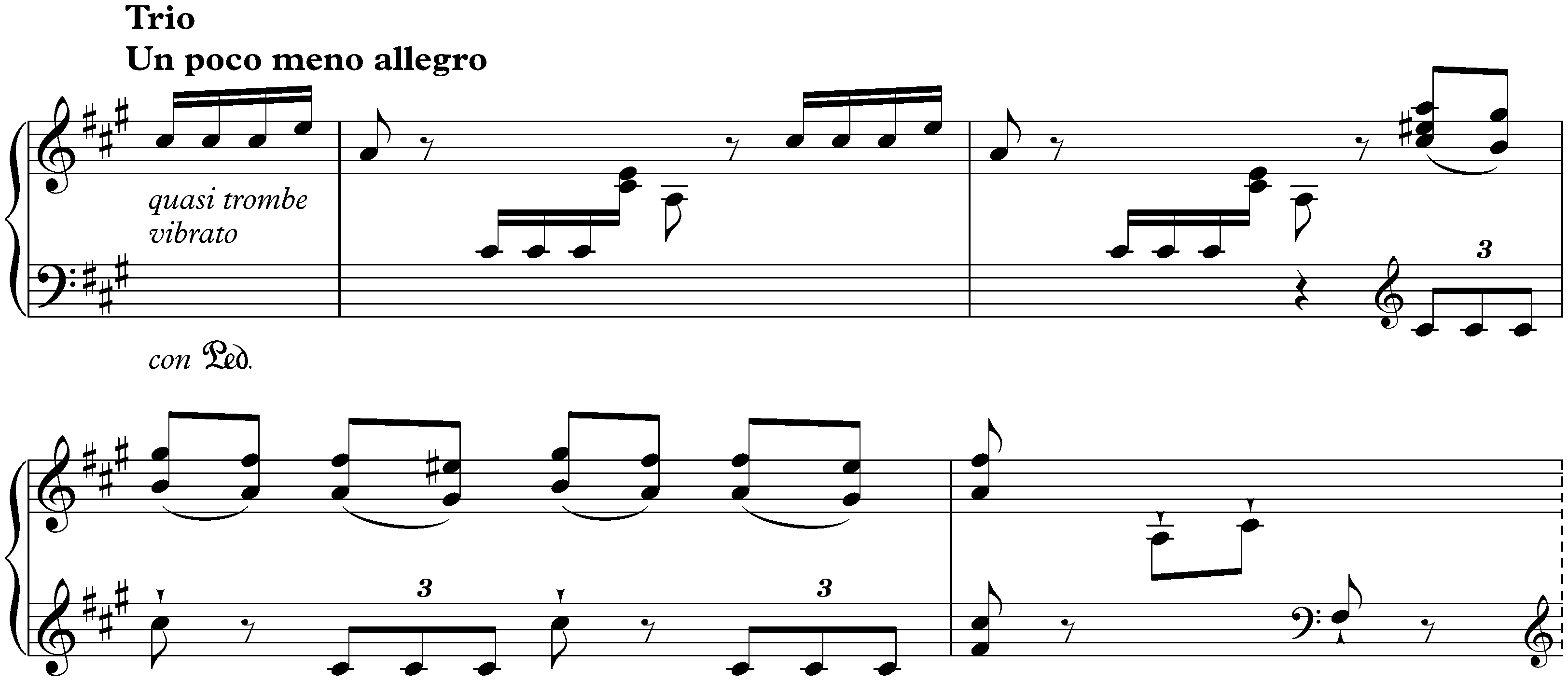
Duration: 6'
Difficulty: 3.5



Duration: 7'
Difficulty: 5

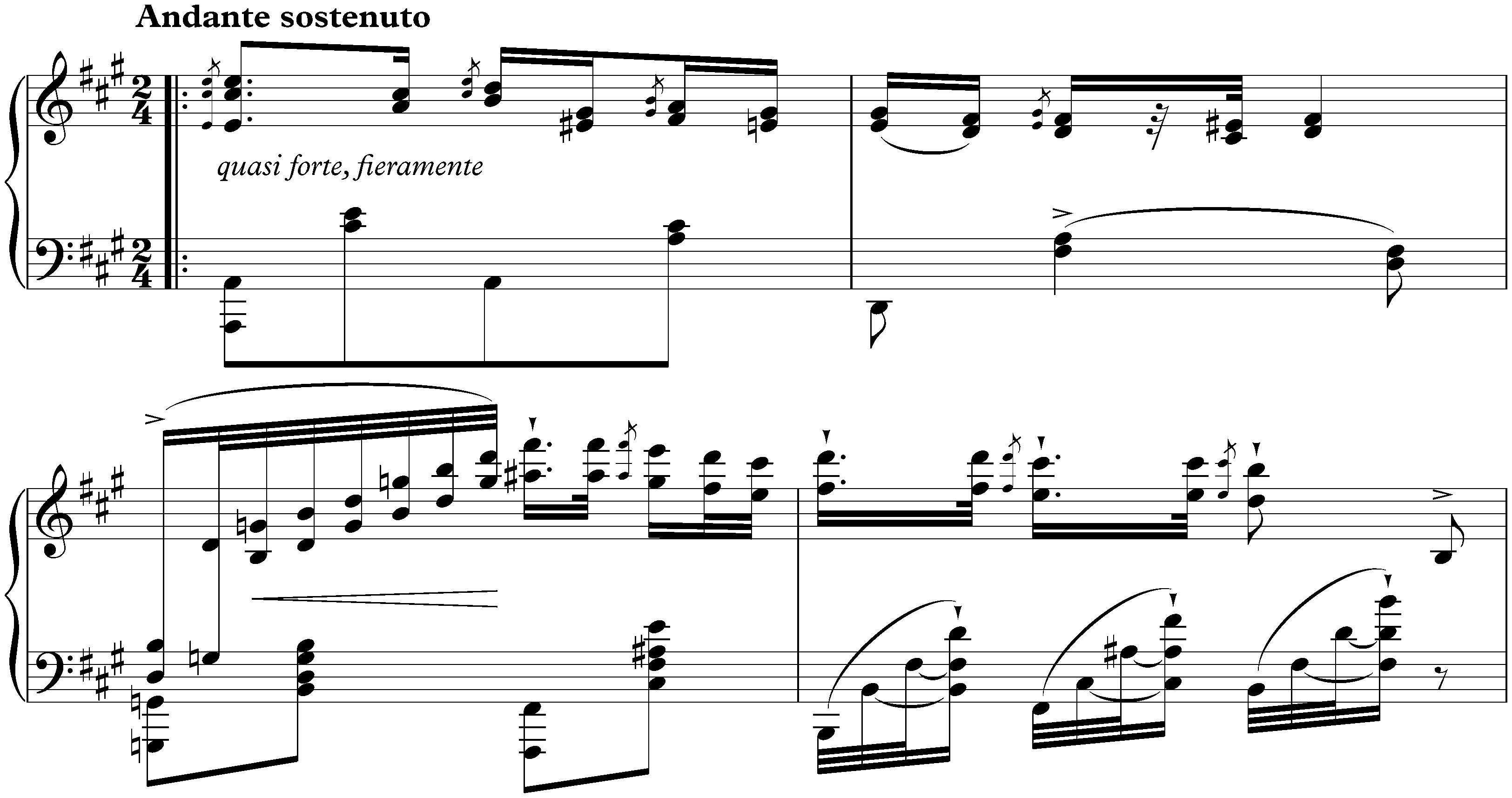
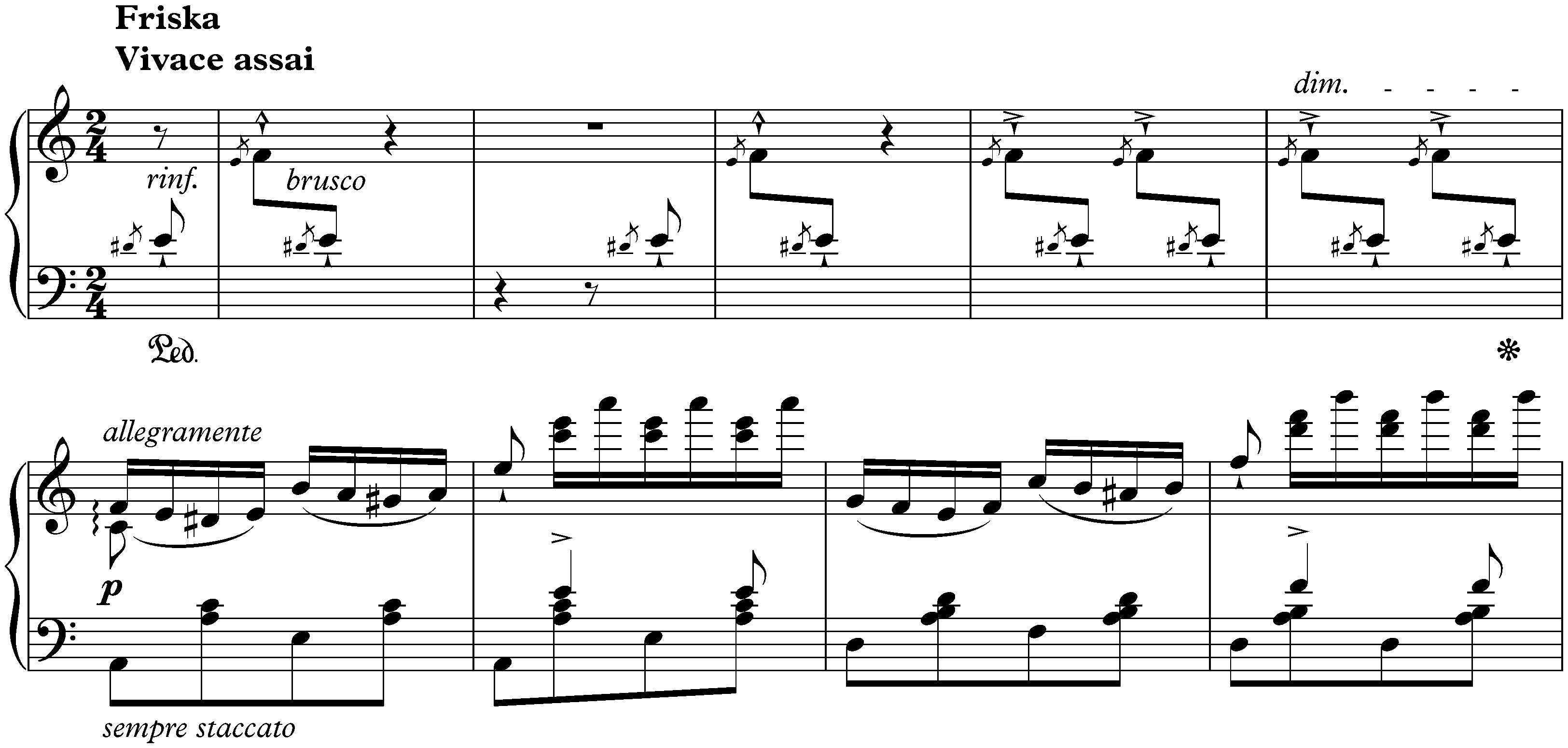
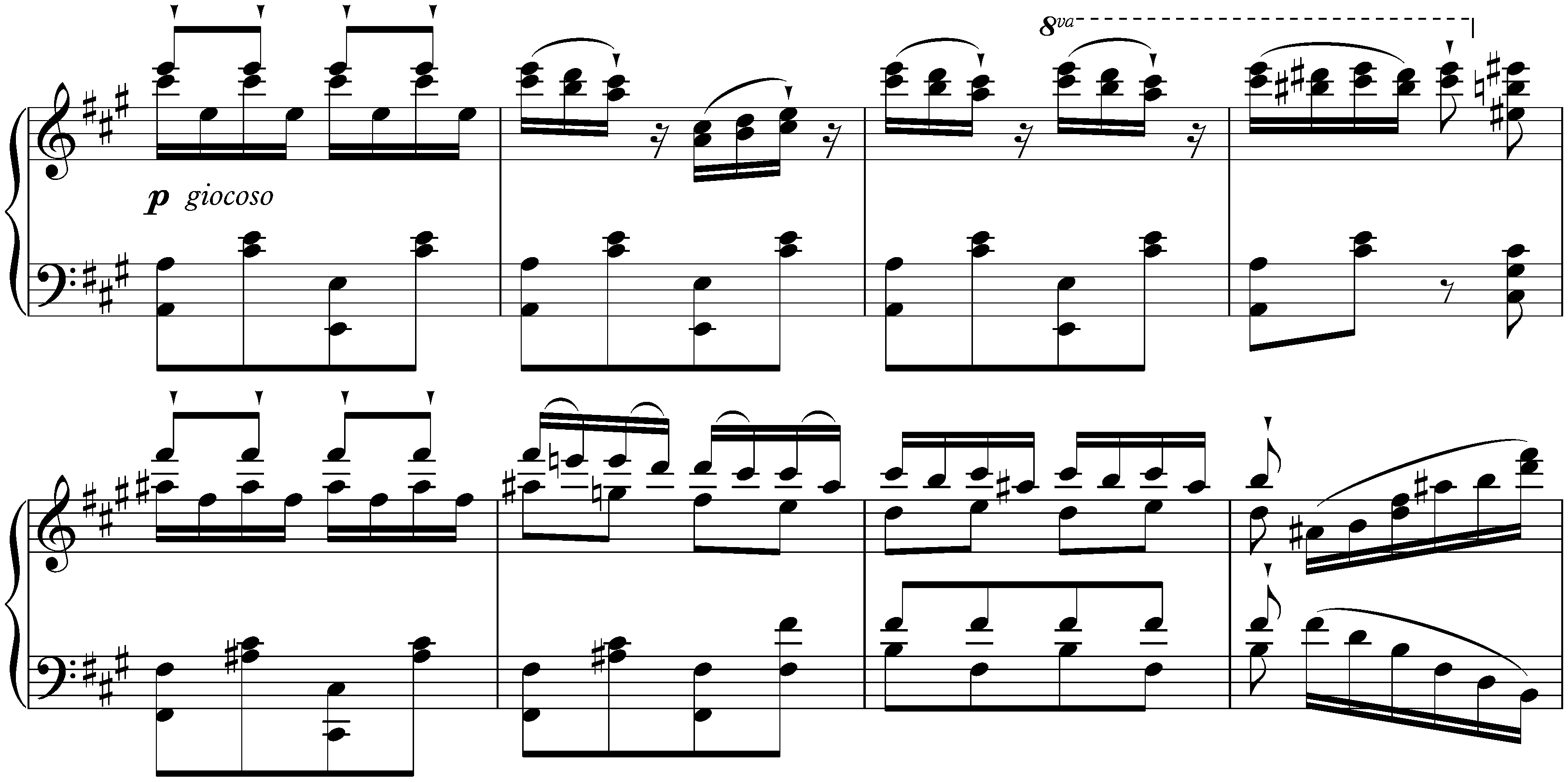
Duration: 9' 30"
Difficulty: 4.5

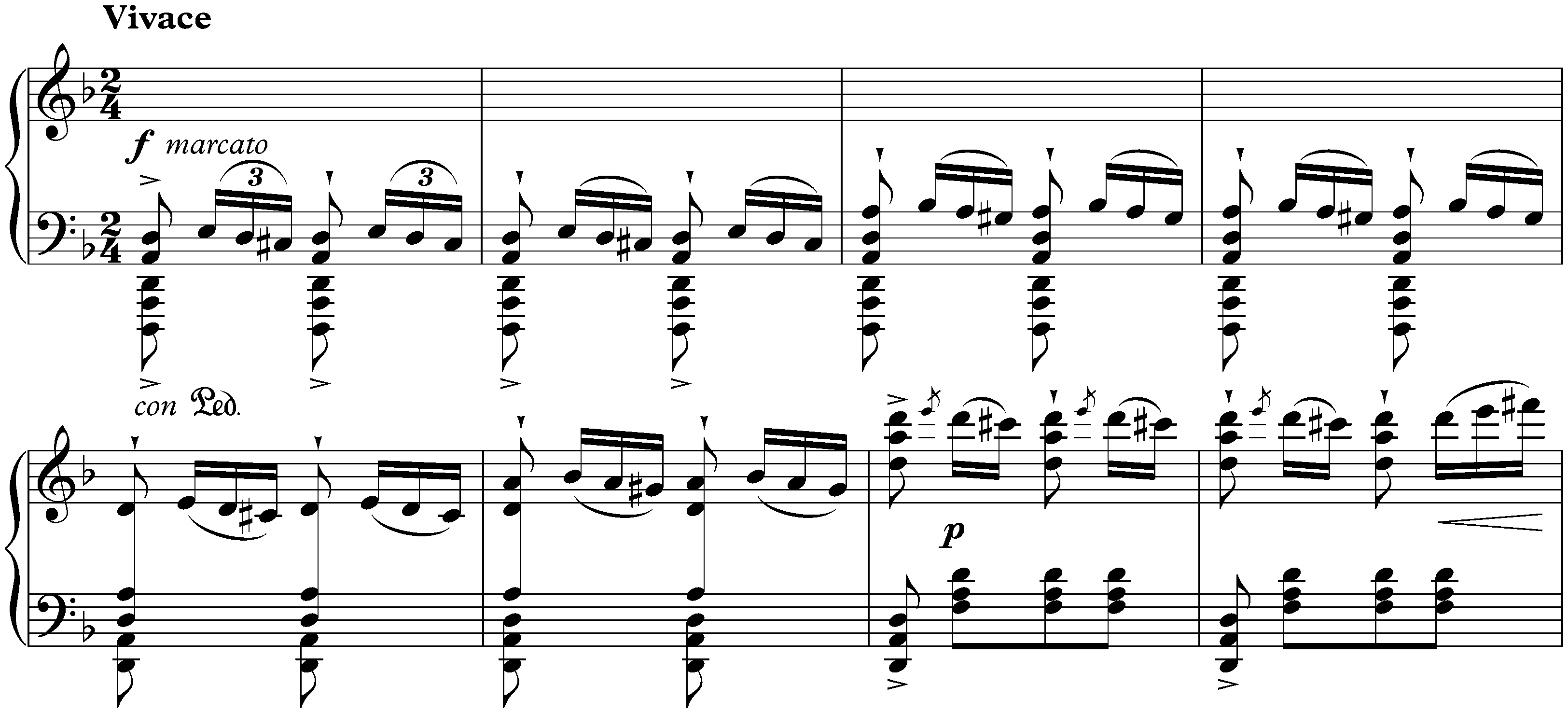


Duration: 6'
Difficulty: 5



Duration: 9'
Difficulty: 4.5

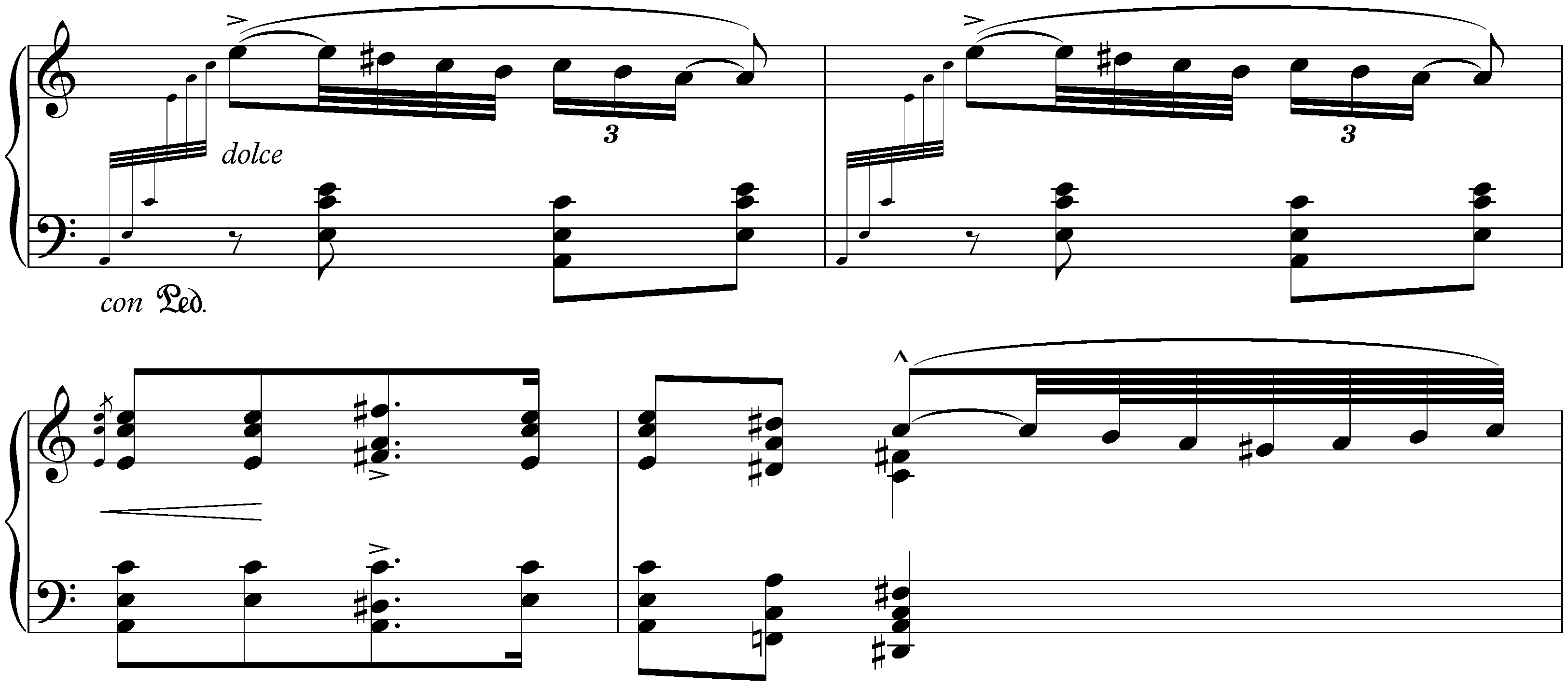

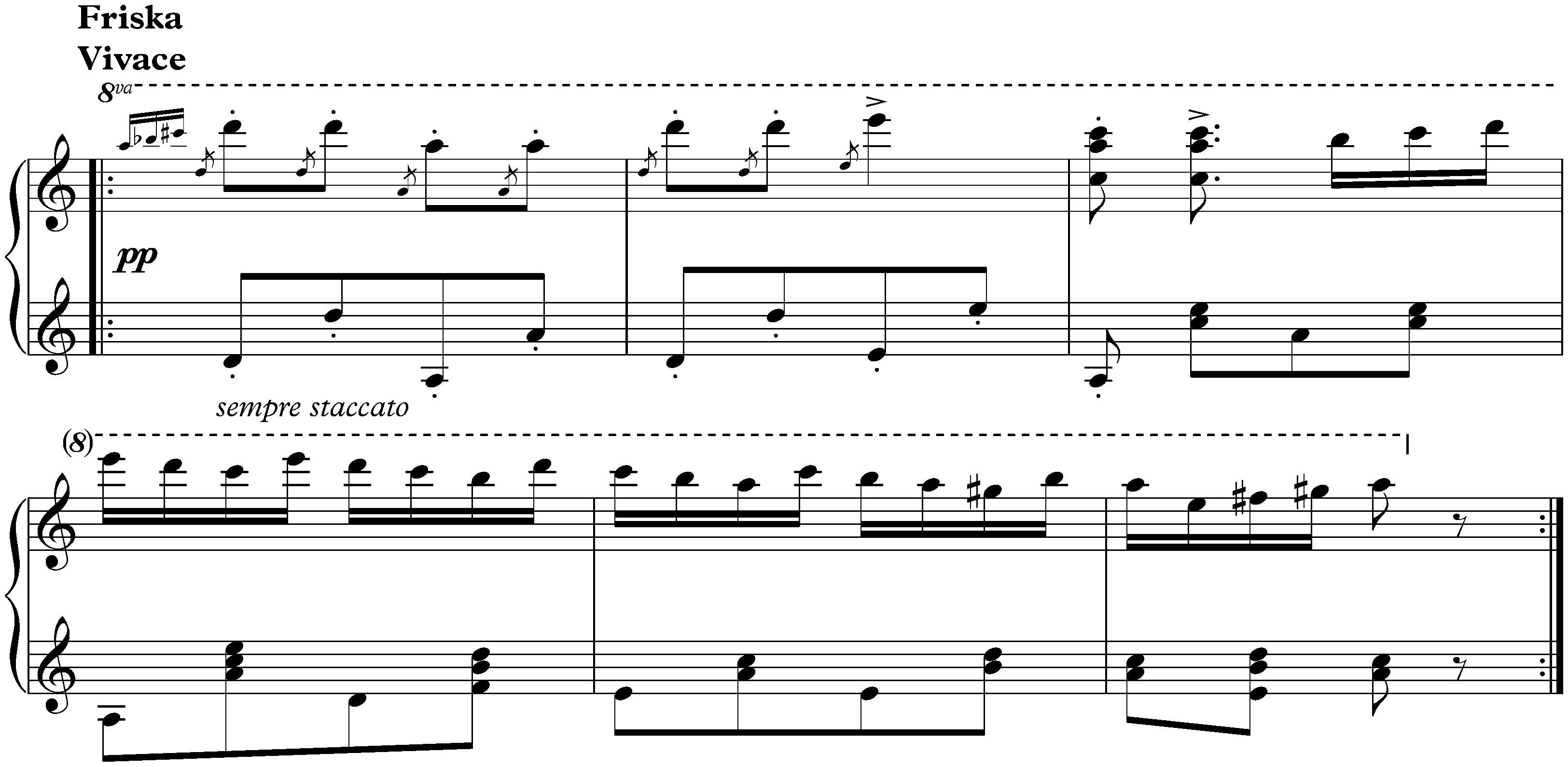

Duration: 11'
Difficulty: 5



Duration: 10'
Difficulty: 5

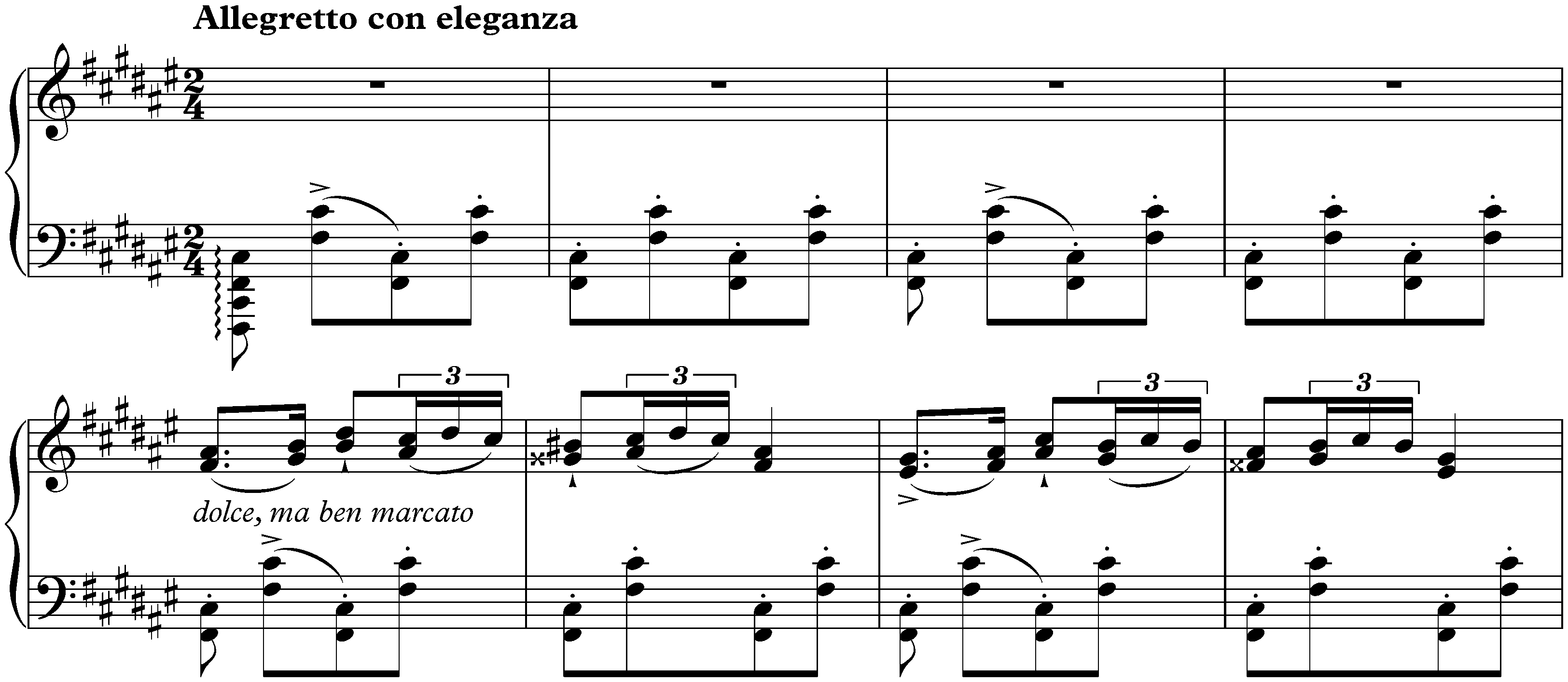

Duration: 15'
Difficulty: 5
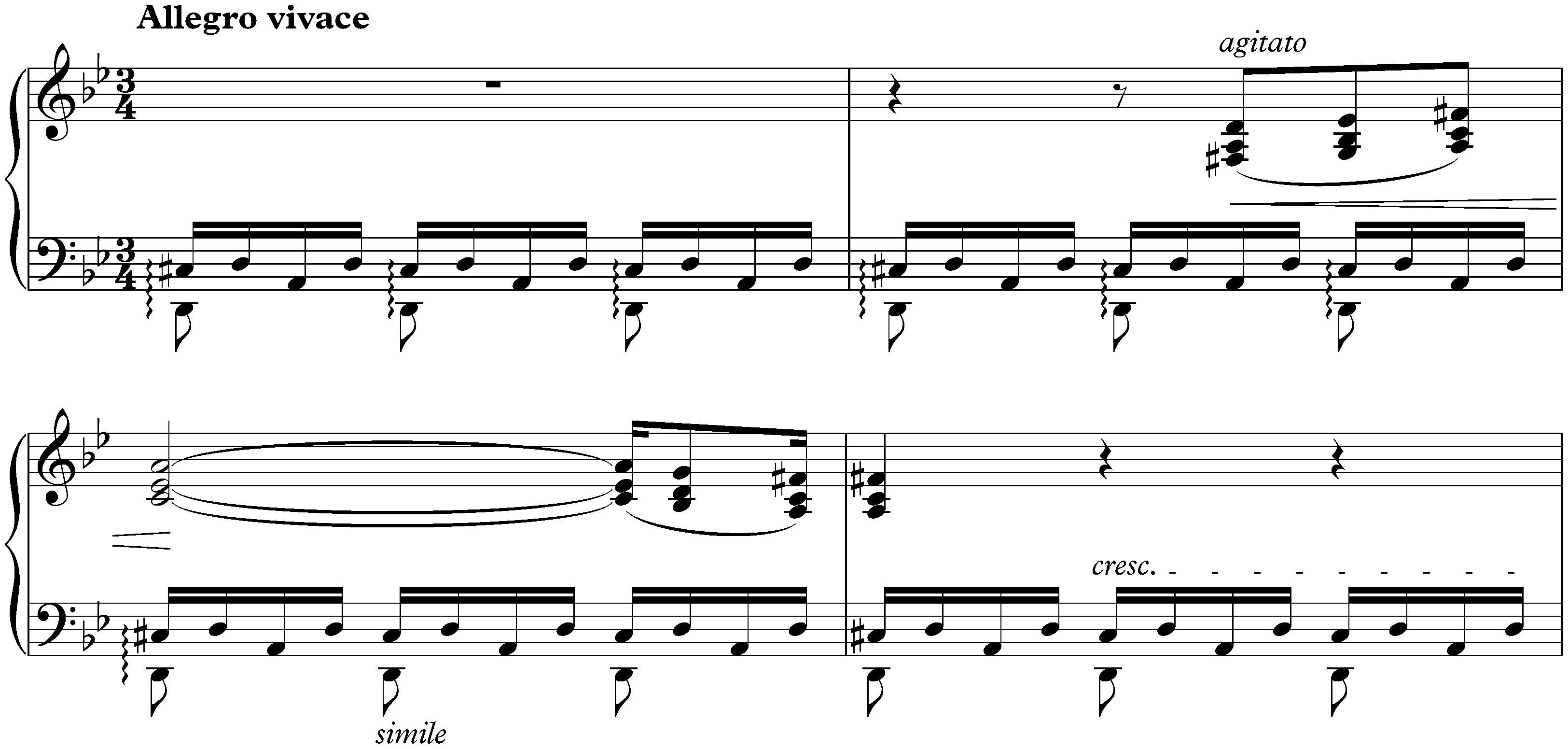

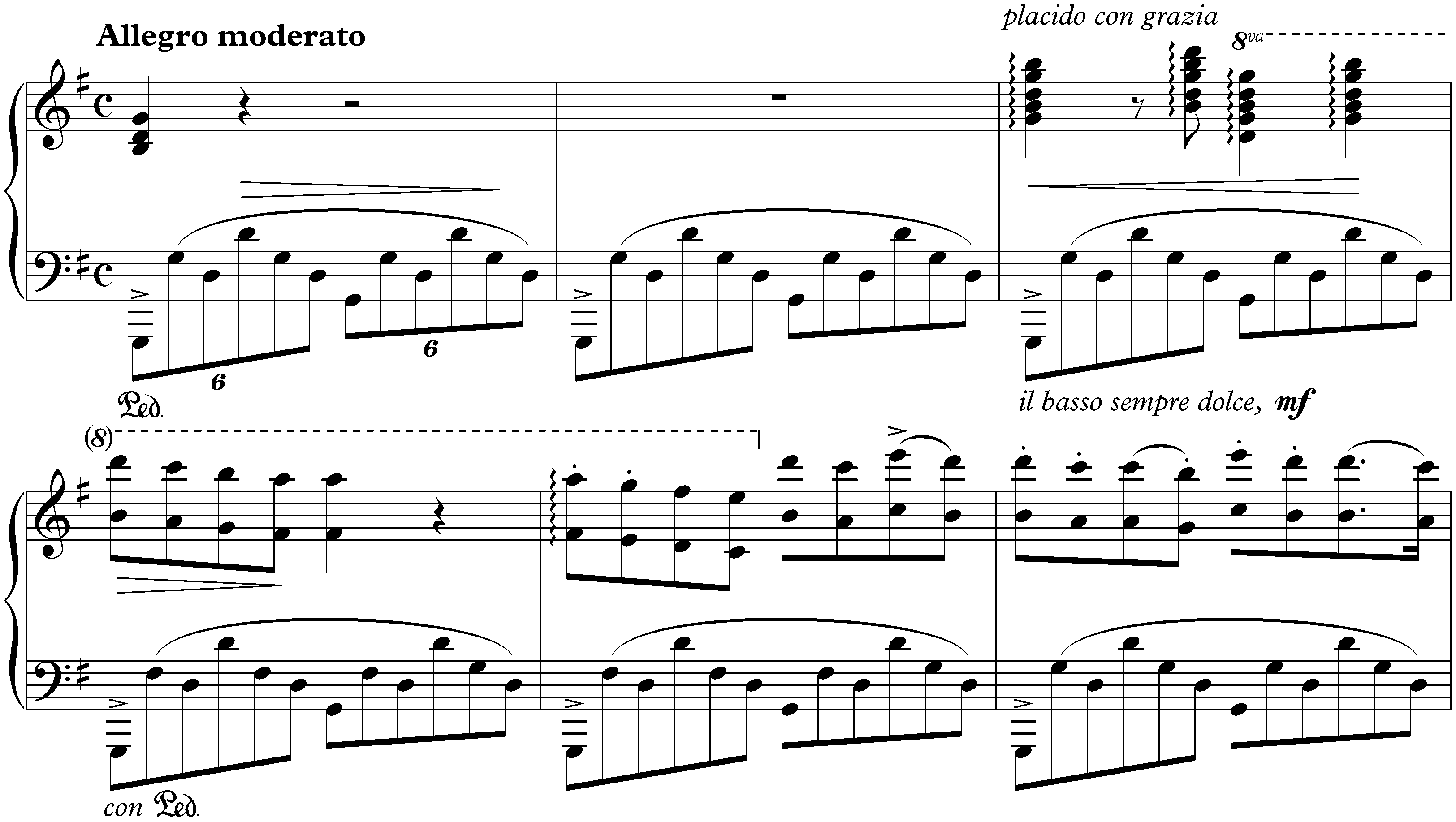
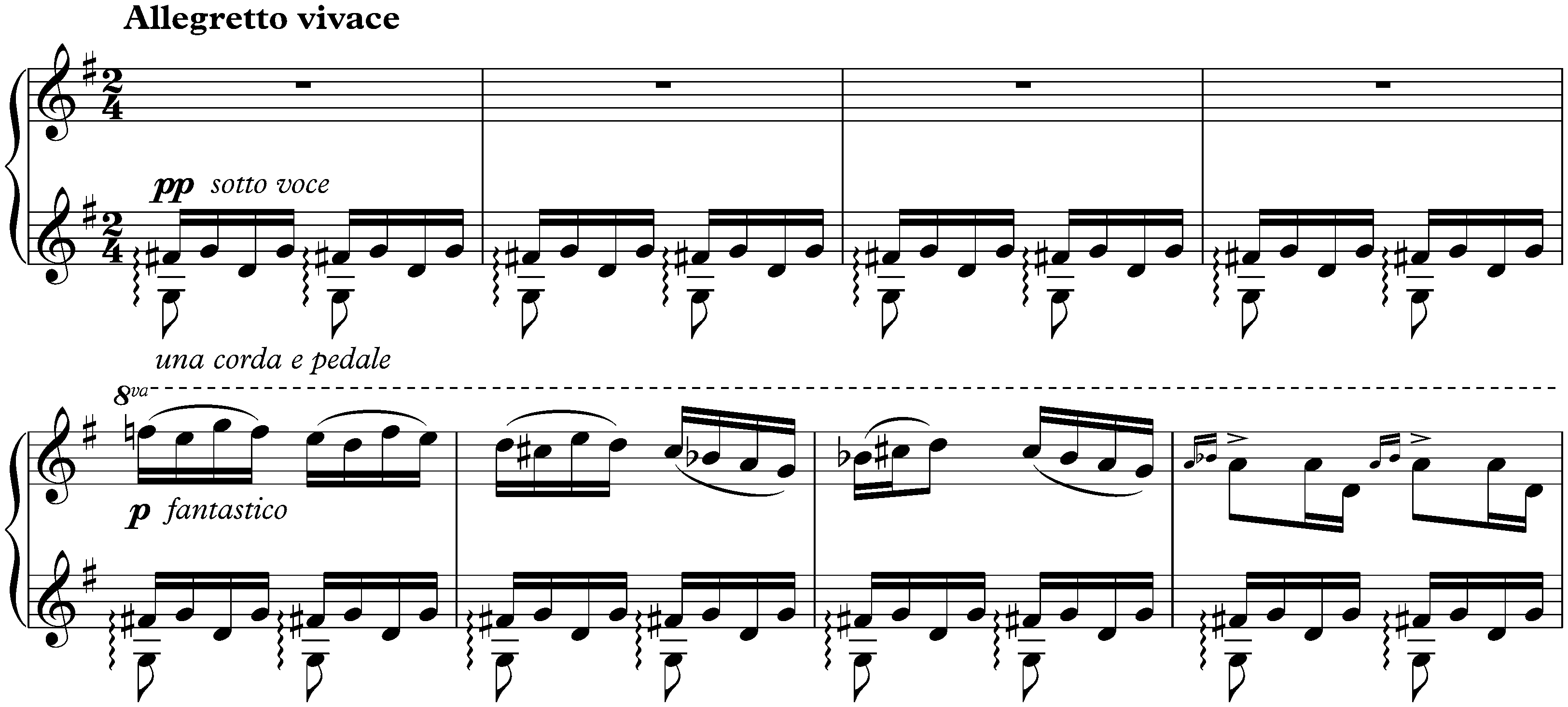

Liszt later re-used some of the themes in his Fantasie über ungarische Volksmelodien (S. 123; LW H12; R. 458) for piano and orchestra.
Duration: 12'
Difficulty: 5
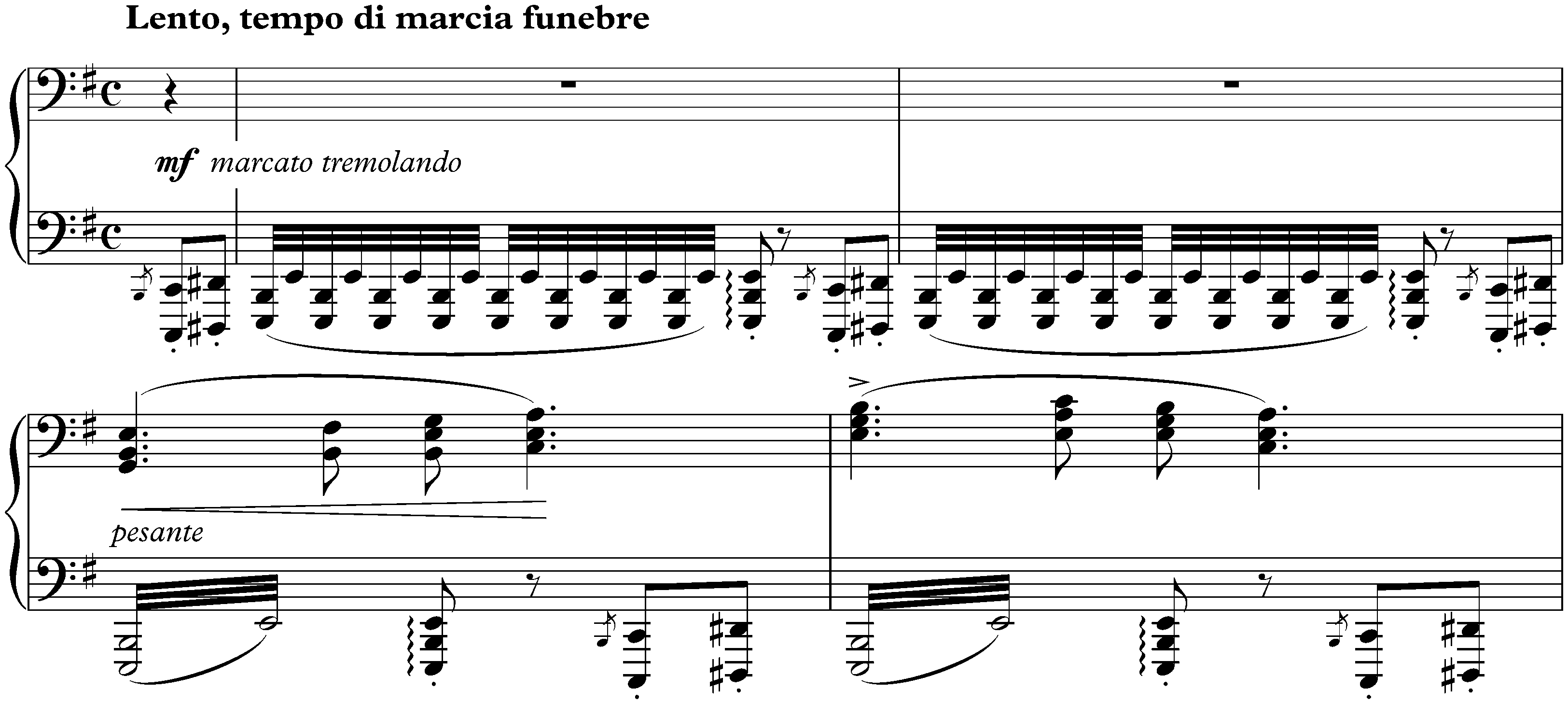

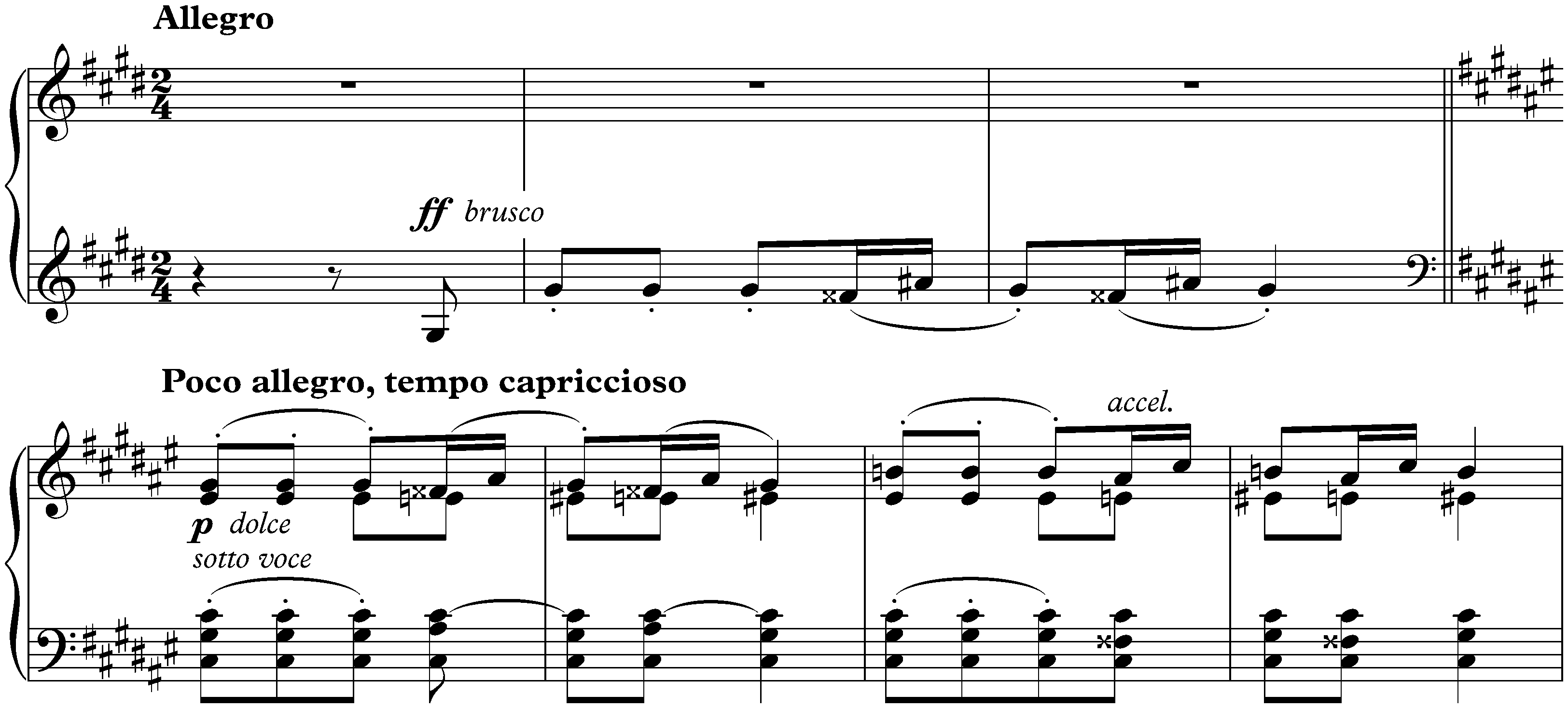
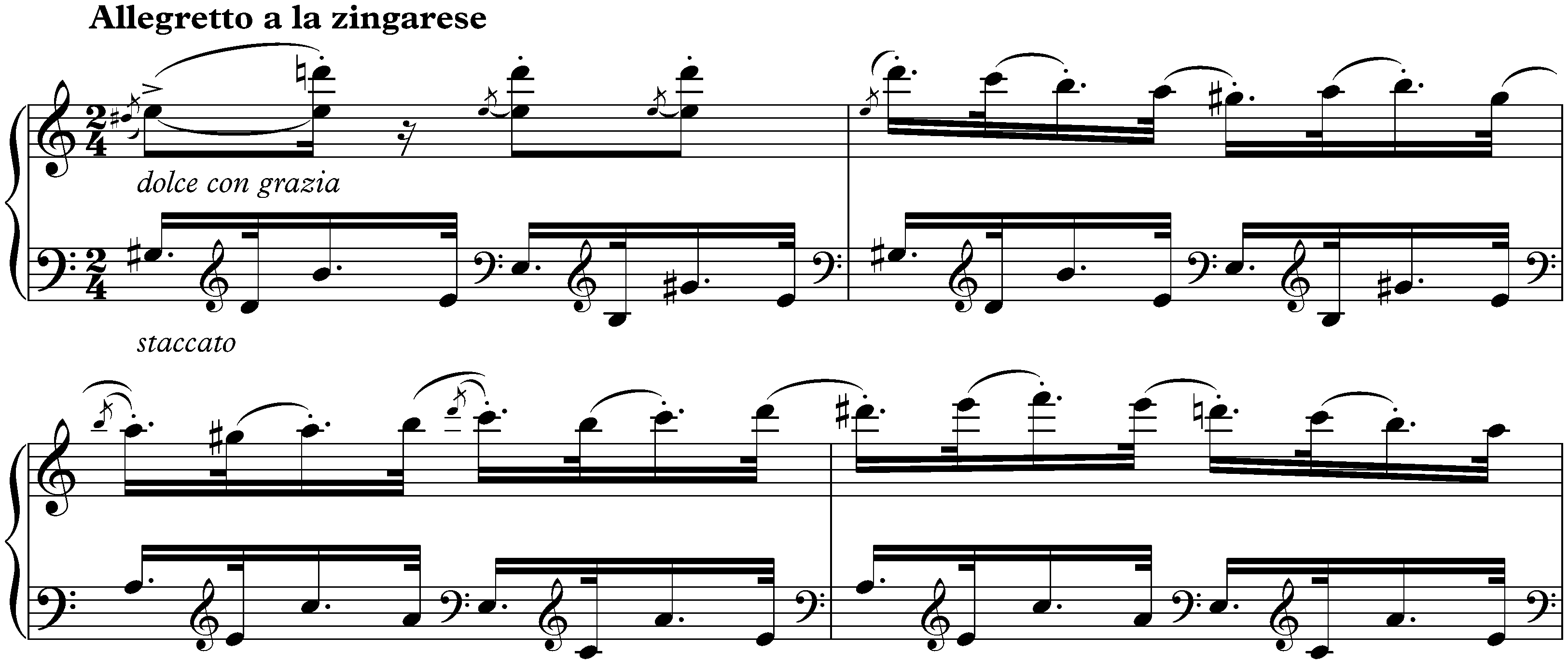

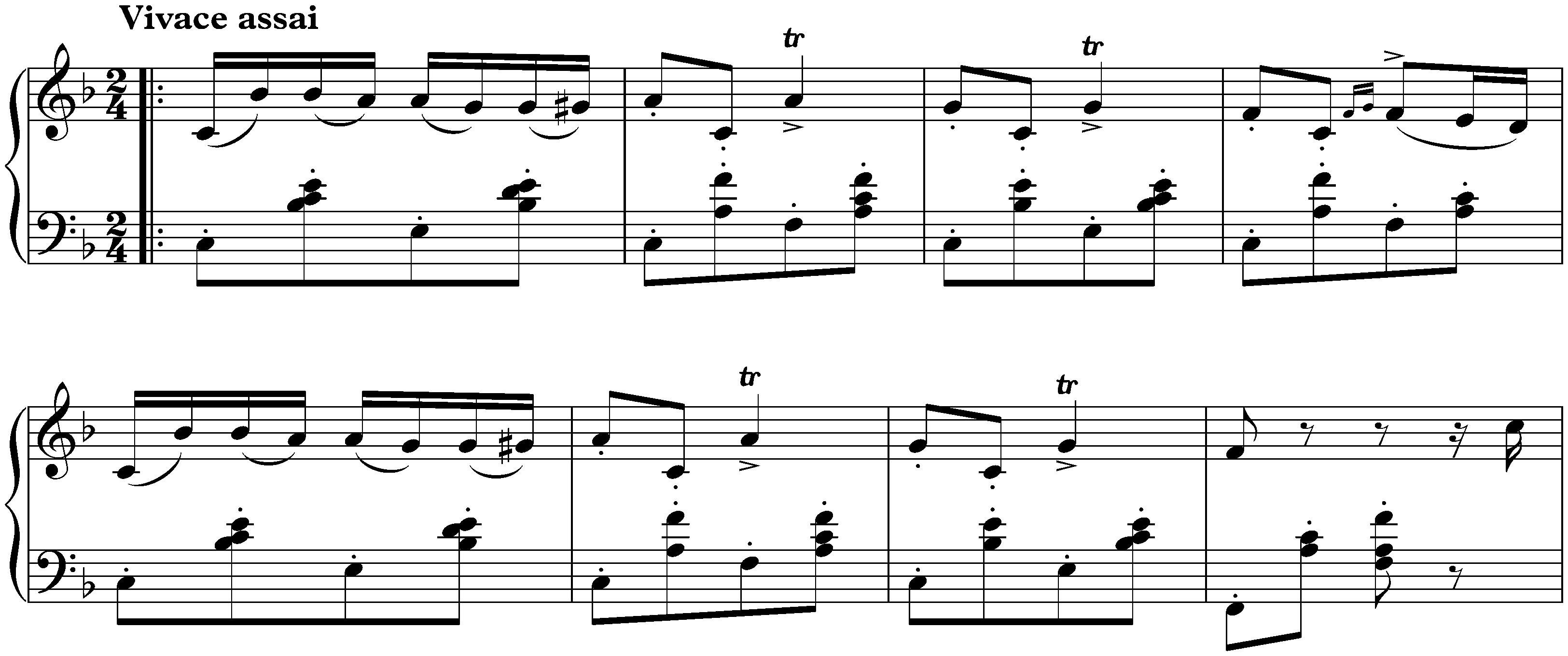
Duration: 11' 30"
Difficulty: 5

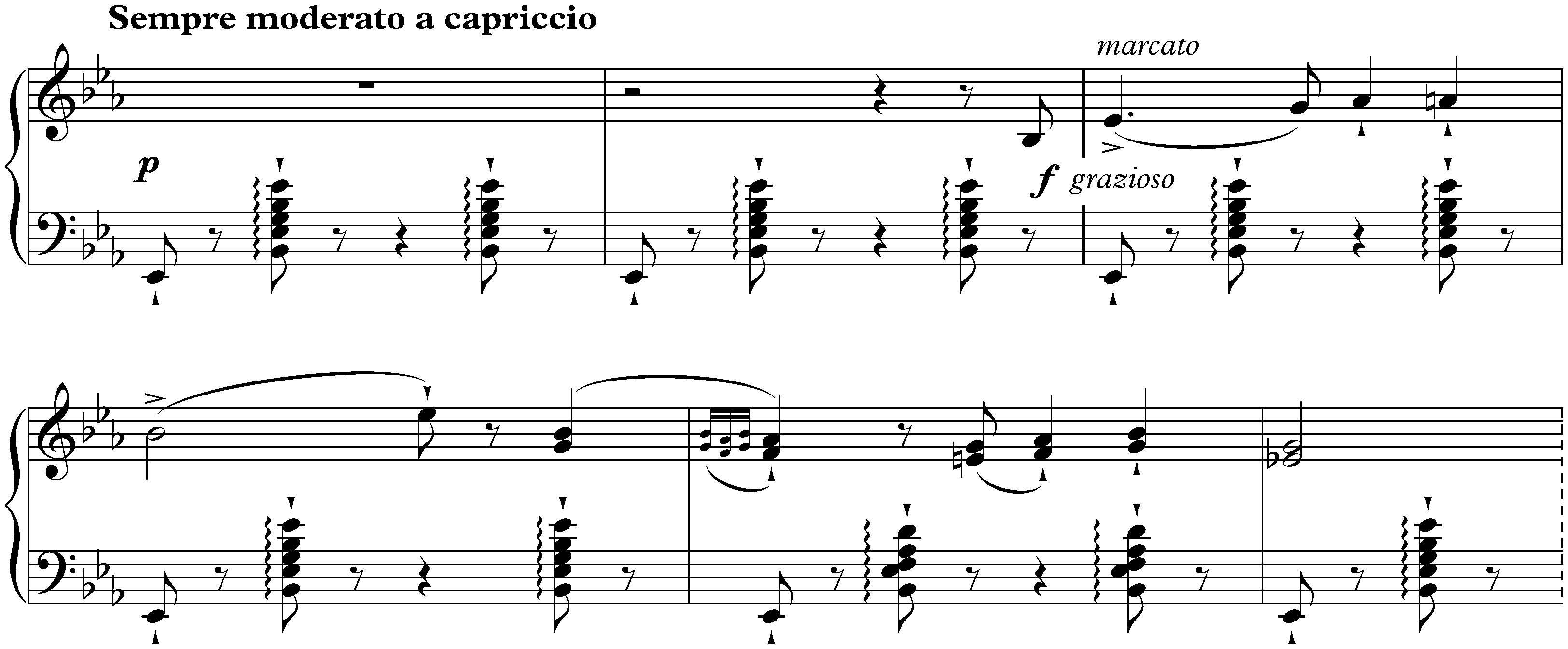
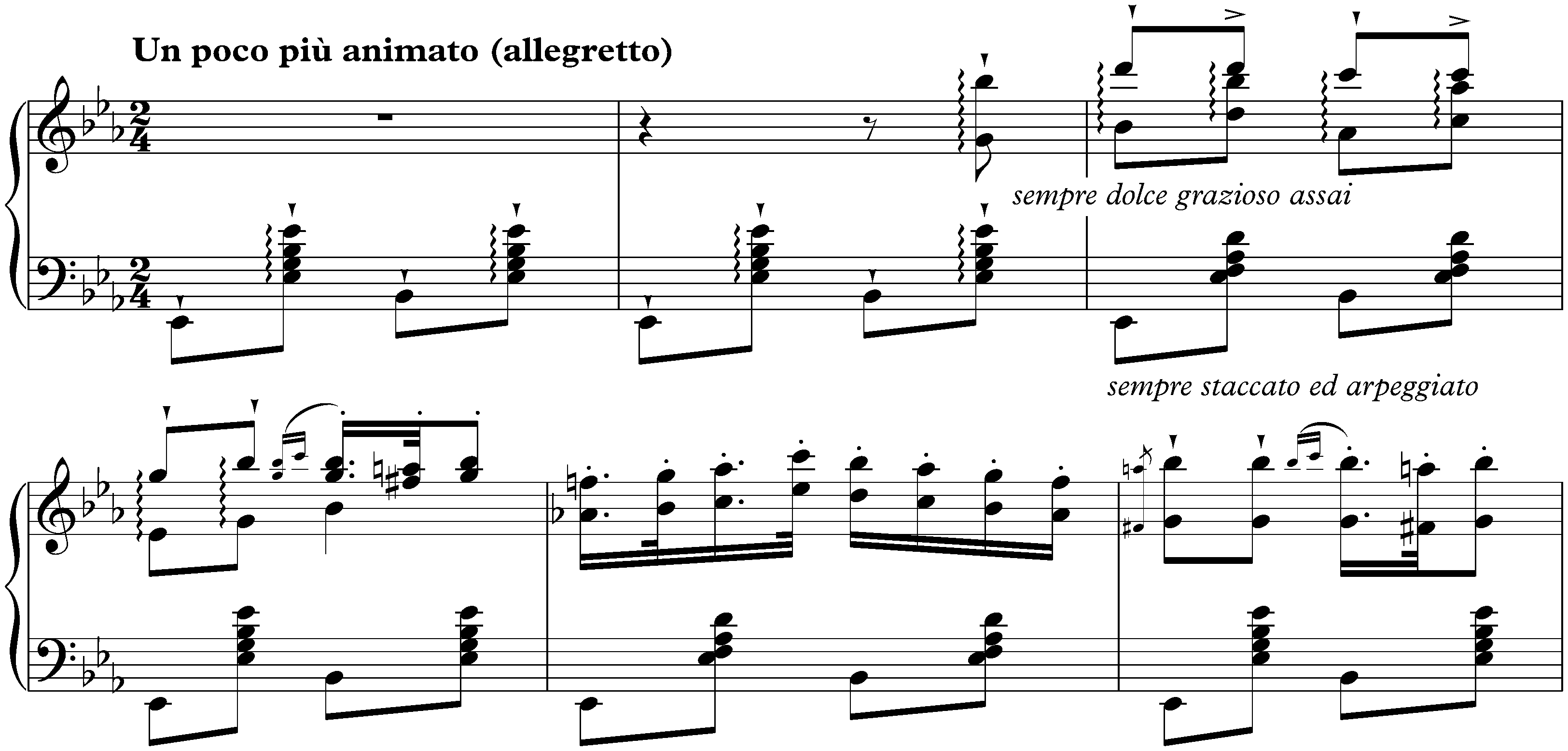


Liszt also used one of the themes in the third of the Consolations (S. 171a; LW A111a).
Duration: 20' 30"
Difficulty: 5


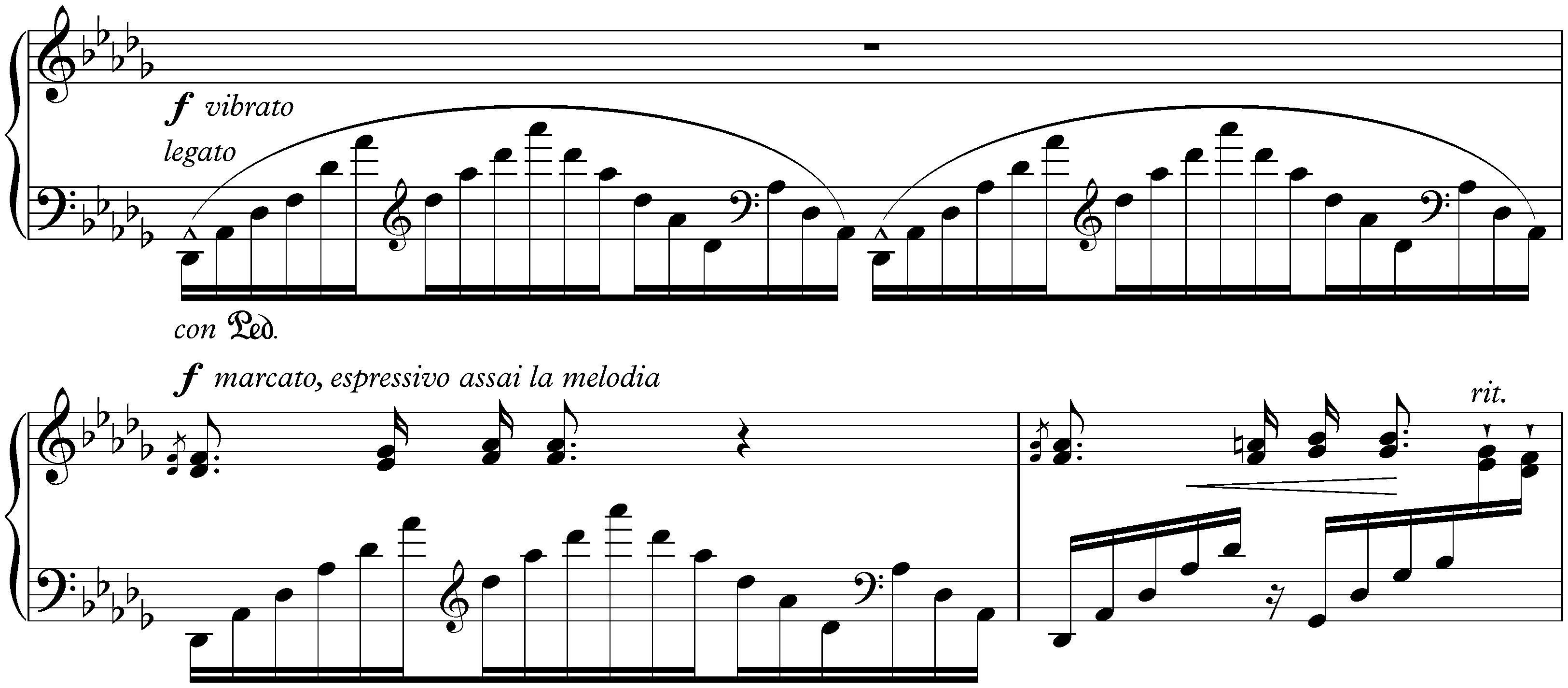

Copyright © 2016–2024 www.pianolibrary.org